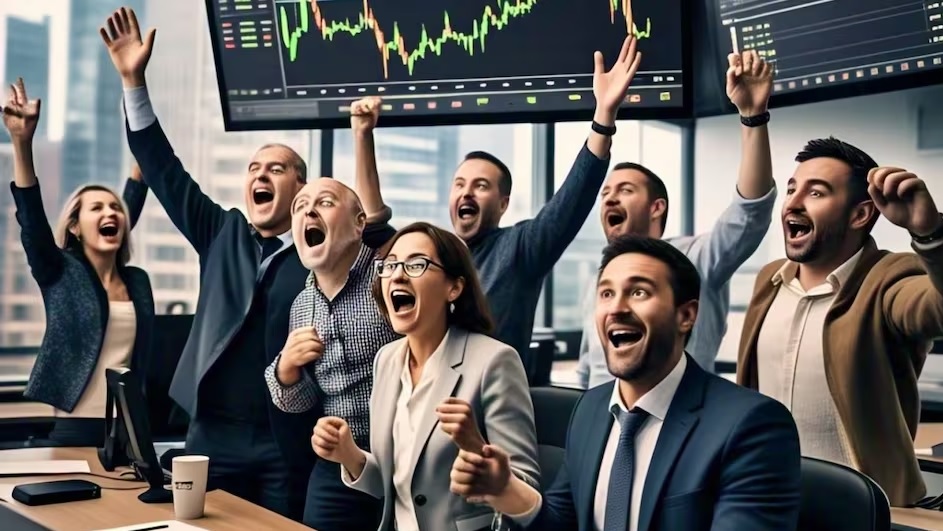
The current period of economic instability together with global political stress has prompted investors to search for secure wealth protection strategies. Precious metals consistently prove themselves as trustworthy financial protection for investment purposes among all existing asset classes. The market interest in precious metals remains stable because they possess fundamental value and cultural worth while protecting against inflation and monetary devaluation. The market demand for these commodities remains high thus trading precious metals becomes a crucial method to handle economic fluctuations.
Precious metals work as a safety shield against monetary turmoil because people value their natural characteristics. For thousands of years human beings have constantly pursued gold which stands as the definitive value preservation asset. The global market accepts precious metals as unique assets because of their limited supply. The turmoil in financial markets leads investors toward purchasing gold which increases its price and strengthens its role as a protective asset. Silver demonstrates increased demand because it serves both as an industrial metal and as a valuable commodity within uncertain economic periods. Market stability occurs when precious metals receive demand due to their natural value.
Precious metal trading markets enable investors to hold high market flexibility together with readily available liquid market opportunities. Customers who deal in precious metals benefit from simple market entries and exits resulting from their position adjustments based on current market conditions. The ability to adapt to market changes quickly proves beneficial because modern economic conditions often display dramatic price movements triggered by news items and economic indicators. Precious metals offer protective value to traders but these advantages become more effective when trading occurs in response to immediate market information opportunities.
Financial success in trading precious metals depends heavily on recognizing different elements that affect their market values. Key factors influencing metal demand include economic indicators, geopolitical developments, and changes in interest rates. The value of fiat currencies generally decreases when inflation rises because investors typically turn to buy gold and silver. Traders can achieve investment success by examining these market trends alongside worldwide economic developments to make decision choices that match their objectives.
The success of precious metals trading depends heavily on emotional self-control. These markets show extreme volatility which produces emotional responses that sometimes force traders to make poor decisions which endanger their future achievements. Successful traders understand that staying feeling calm while sticking to their trading strategies becomes vital during market movement periods. To protect their capital investors need to use risk management methods which let them set stop-loss orders together with portfolio diversification to maintain stability in their trading activities.
Precious metals remain reliable safe-haven assets, with historical data proving their stability and value in investment portfolios. Entrepreneurs who trade precious metals get to access a resilient market and ensure their funds stay linked with economic forces shaping today’s financial domain.
Precious metals offer global investors security due to their historical significance, intrinsic value, and ability to withstand economic turbulence. Individuals who use precious metals in their trading approach can protect their wealth through market uncertainties. The everlasting market offers investment opportunities which both improve financial stability while delivering tranquility during worldwide change. Precious Metals Trading functions as a foundational investment strategy when approached right and utilized to understand market dynamics which allows people to establish financial security through confidence.